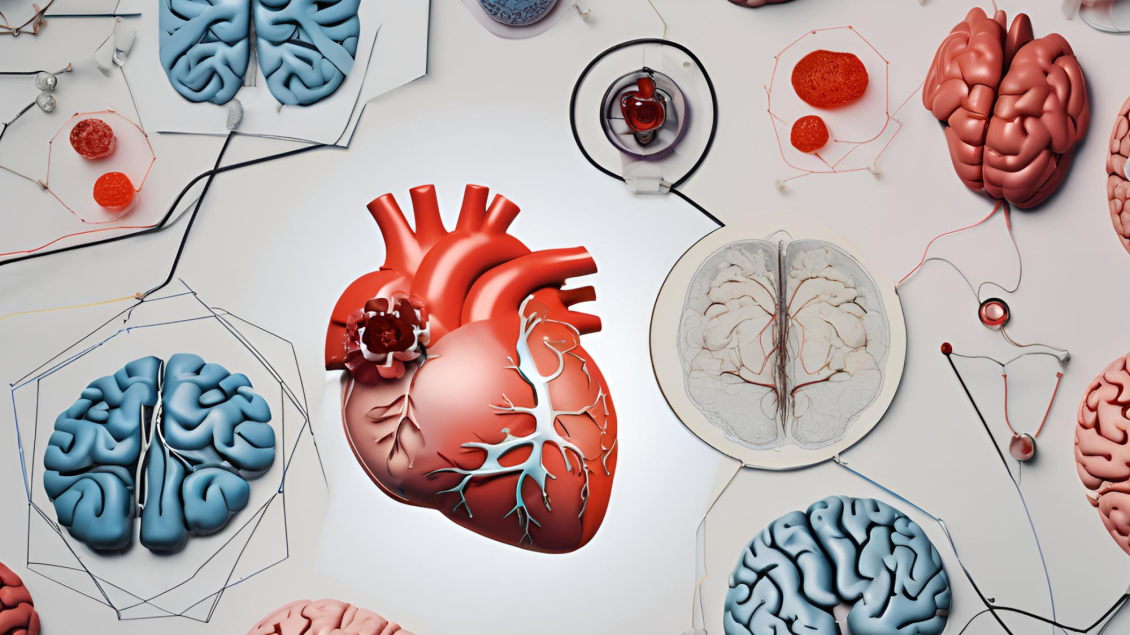
Brain and Heart Health are Deeply Intertwined
Growing evidence underscores what astute clinicians and scientists have long recognized: brain and heart health are deeply intertwined. Given how much is shared between these organs, we believe progress in one system can inform and accelerate the pace of discovery in the other. To help catalyze collaborative interactions among cardiovascular researchers and neuroscientists, the University of Michigan Medical School has recently established the Stanley and Judith Frankel Institute for Heart and Brain Health (Frankel IHBH). The institute aims to foster collaborations between researchers across a variety of disciplines to accelerate discoveries that lead to improved health outcomes for patients.
"It is known that cardiovascular disorders correlate with some neurological and psychiatric conditions, but it is not always clear what the connections are and whether they are caused by an innate predisposition or by the stress induced by having a medical condition. To detangle these questions, Zhao et al. examined imaging and genetic data from tens of thousands of participants in the UK Biobank and BioBank Japan"

The Rosenzweig laboratory is interested in why the heart fails. Heart failure is an enormous and growing cause of death and disability throughout the world. In addition, the heart provides a model system for studying fundamental cellular processes from cell growth and programmed death, to cell-lineage determination and regeneration.
Recently we’ve been interested in understanding how exercise protects the heart against heart failure. A variety of high throughput profiling techniques are being used to identify pathways differentially regulated in heart growth associated with exercise in comparison to the heart growth that precedes heart failure. These screens have identified interrelated transcriptional (Cell, 2010) and microRNA pathways (Cell Metabolism, 2015), which appear to mediate many of the phenotypic effects of exercise in vivo.